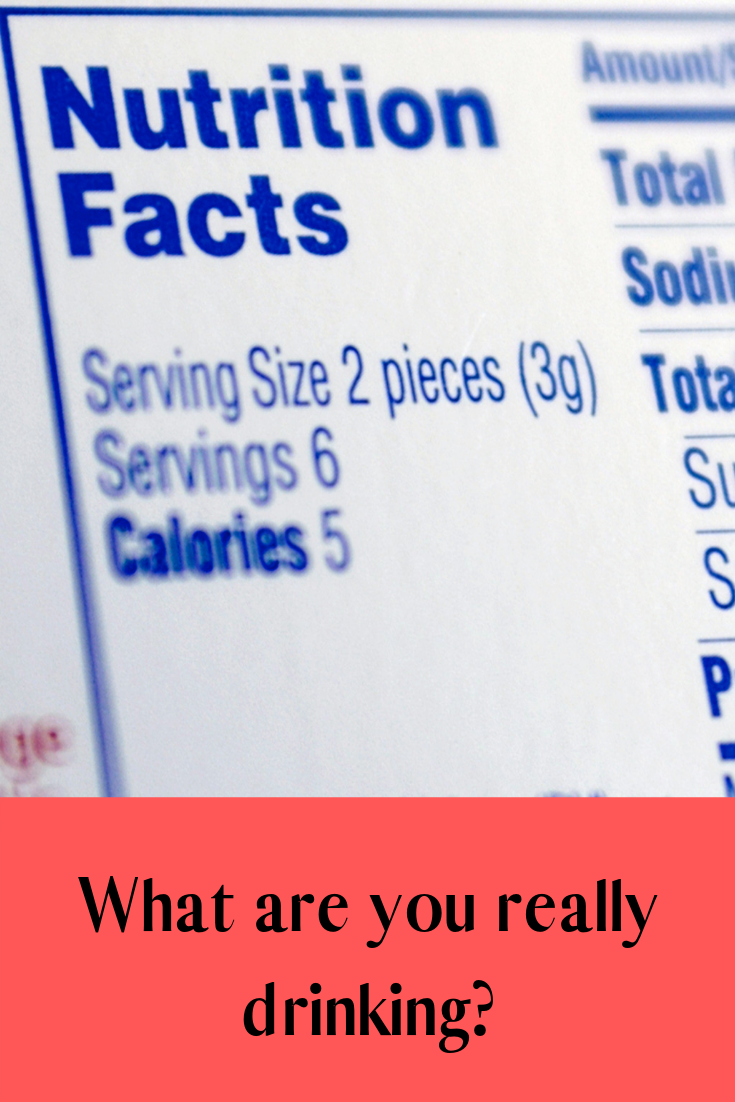A lot of pro-drinking memes poke fun at how various low-level stresses lead people to drink (or at least provide convenient excuses to drink).
Drinking can also feel like the way to formally take the load off at the end of the workday. It signals a release of stress, so we start to associate drinking with stress relief. Also, we tend to drink only when we know we can afford to let loose - when we’re not on call at work, when we have no early morning obligations. Over time, that link starts to form in our minds, and before long, we think drinking is a solution when we experience stress.
Studies have shown that drinking actually increases anxiety over time, as your brain fights back against the calming effects of alcohol. But we hadn’t had much proof that anxiety itself leads to drinking, until now.
A new two-part study has shown that stress increases cravings, and cravings increase drinking, in people with alcohol use disorders. The studies tracked journal entries for over 900 days for over 100 people with AUD. The higher the stress level they felt on a given day, the more cravings they had that day, and the more drinks they had… the next day.
One of the most important things you can do, then, to cut back or quit drinking successfully, is to break the mental link between drinking and relaxation. It’s why we have an entire course of exercises on Getting Calmer in Drinker’s Helper. We hope to help you prove to yourself that drinking isn’t relaxing. Prove to yourself that other methods of relaxation can work for you.
If you’re cutting back or quitting drinking, we’d love to help. Drinker’s Helper is an app that provides motivational exercises, drink tracking and insights into why you drink, and a support group of your peers to help you make needed changes. Try it free for a week before joining!





















